Hitler In Paris, 1941
Pictures often tell a story that words cannot. Since the creation of photography, dozens of legendary pictures have captured important moments of history and remind us of compelling stories.
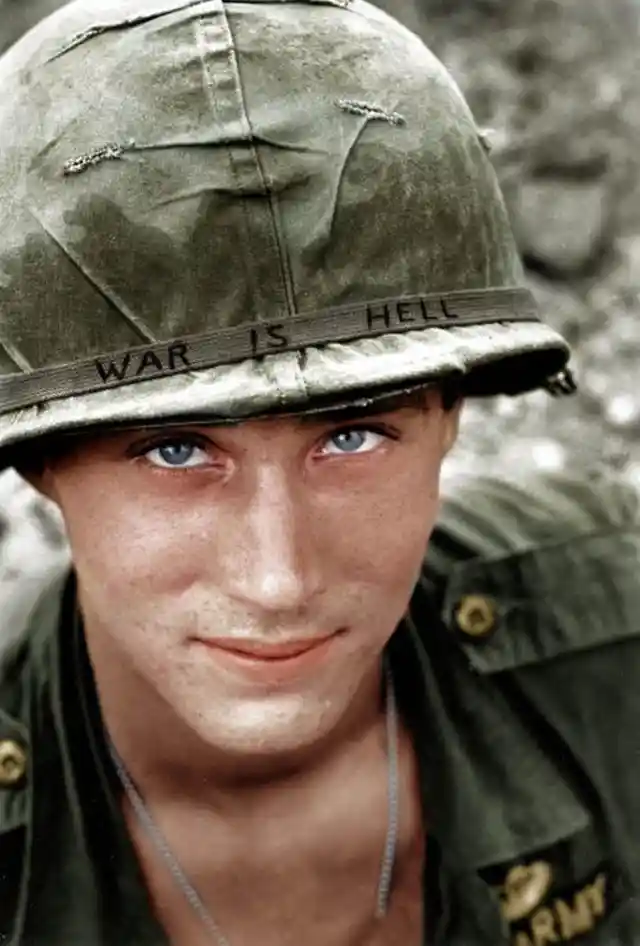
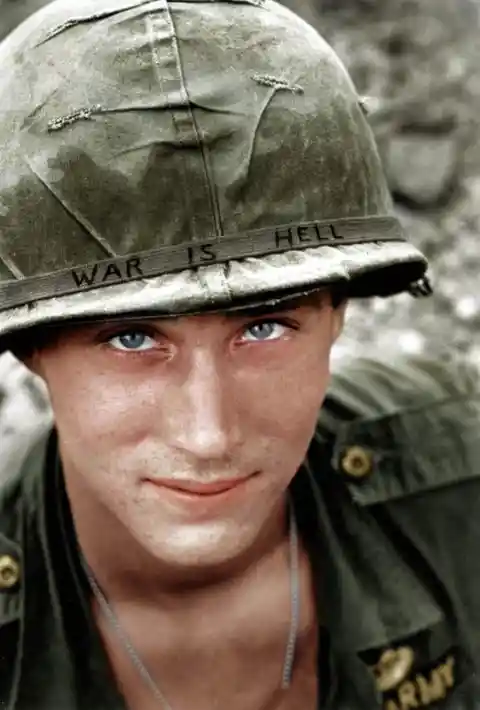
The pictures appearing on this list are rare, iconic, and capture important moments in time that cause many to pause and reflect on.
Hilter was said to have found Paris to be an extremely beautiful city.
Hitler In Paris, 1941
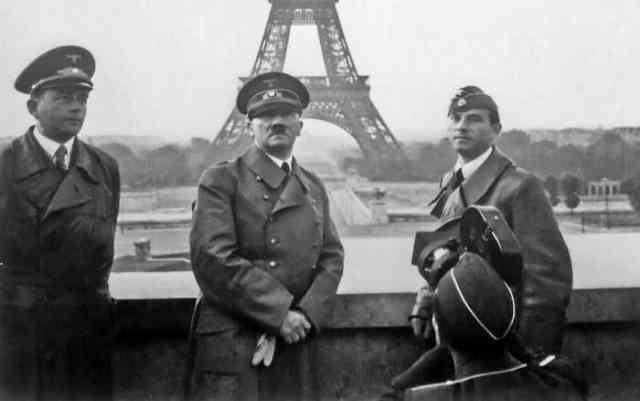
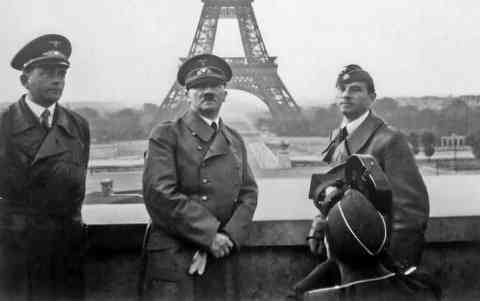
He had so much envy of Paris that he wanted to destroy the city to ensure Berlin would be a greater marvel.
In the course of the tour Hitler raised the question of a victory parade in Paris. But after discussing the matter with his adjutants and Colonel Speidel, he decided against it after all. His official reason for calling off the parade was the danger of its being harassed by English air raids.
Sharbat Gula
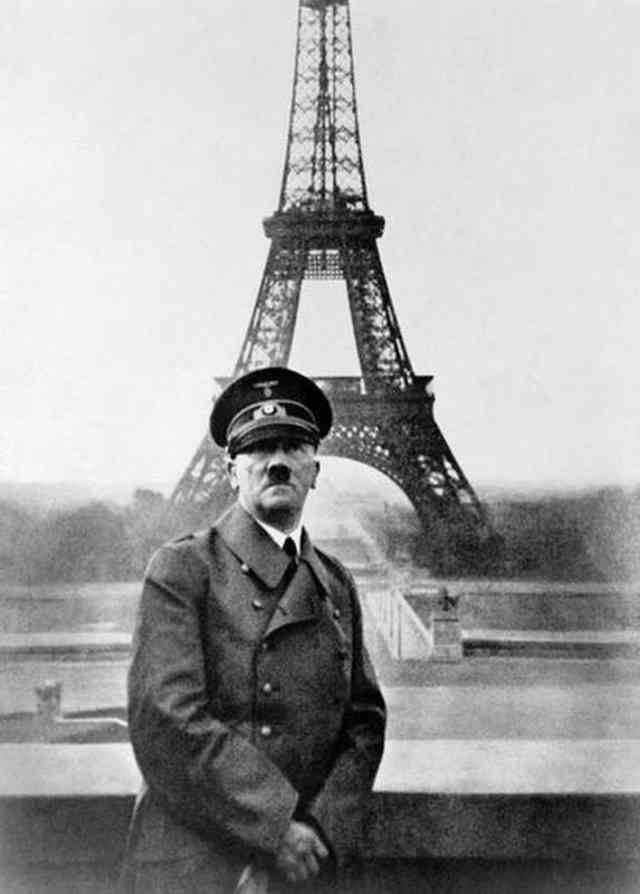
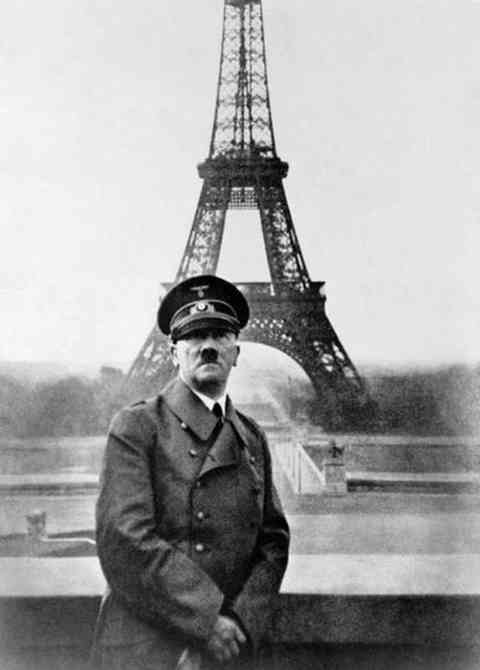
But later he said: 'I am not in the mood for a victory parade. We aren't at the end yet.'
The original picture snapped in 1984 became of the most famous photographs in the world.
Sharbat Gula
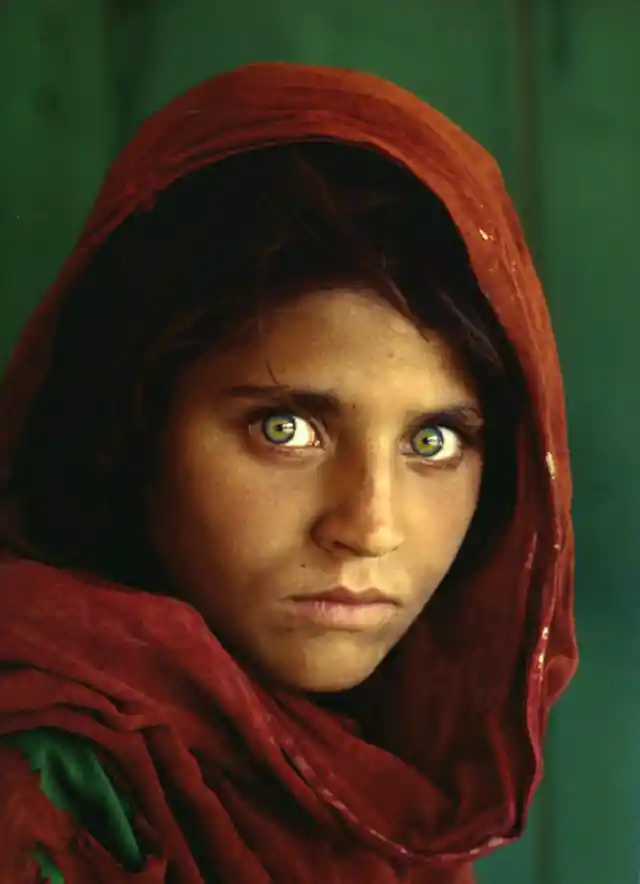
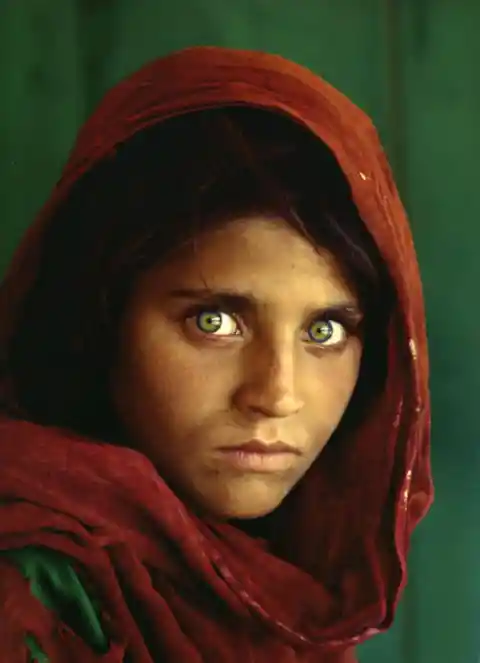
Sharbat Gula who remains living in Afghanistan says life remains difficult with the constant turmoil.
On 26 October 2016, Gula was arrested in Pakistan by the Federal Investigation Agency for living in the country using forged documents.She was sentenced to fifteen days in detention, and she was deported to Afghanistan.
War Is Hell, Vietnam
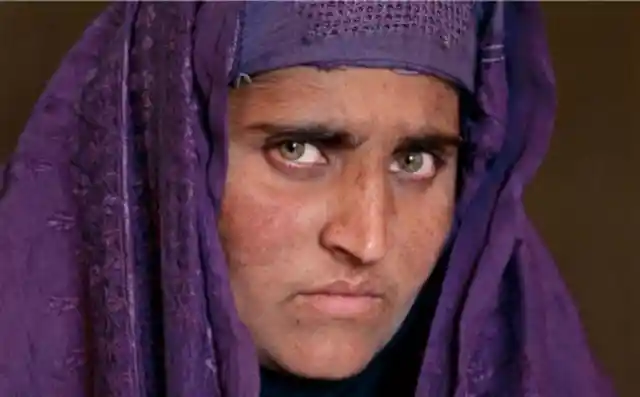
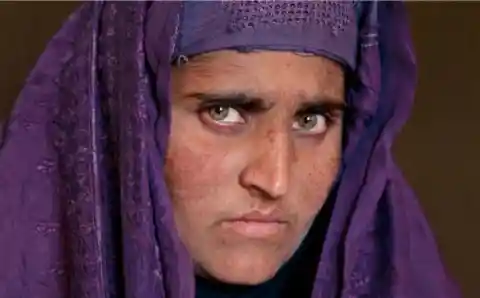
The decision was criticised by Amnesty International.
His helmet explains it all. Vietnam gave Americans sitting at home a glimpse of the horrors of war.
War Is Hell, Vietnam
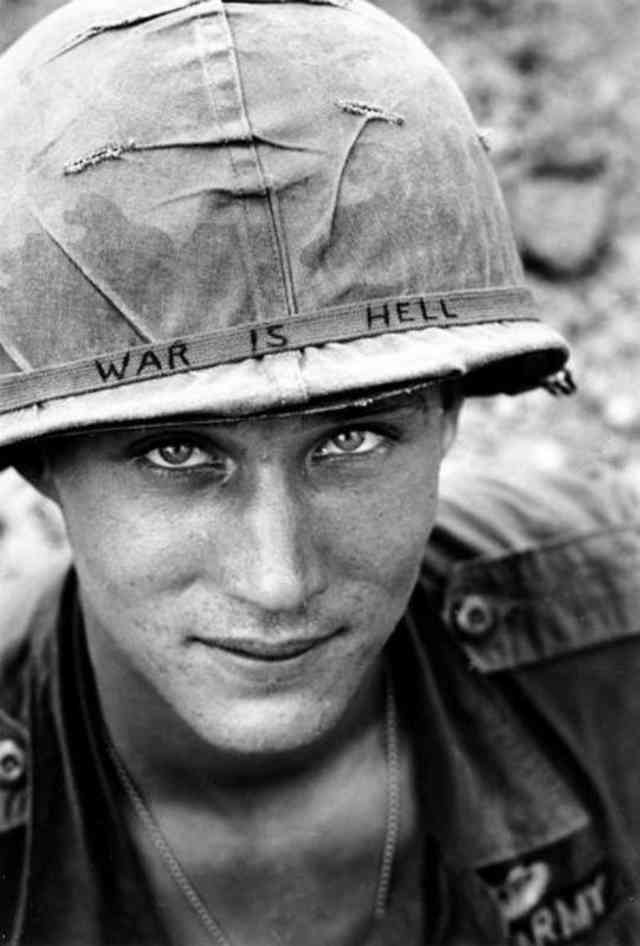
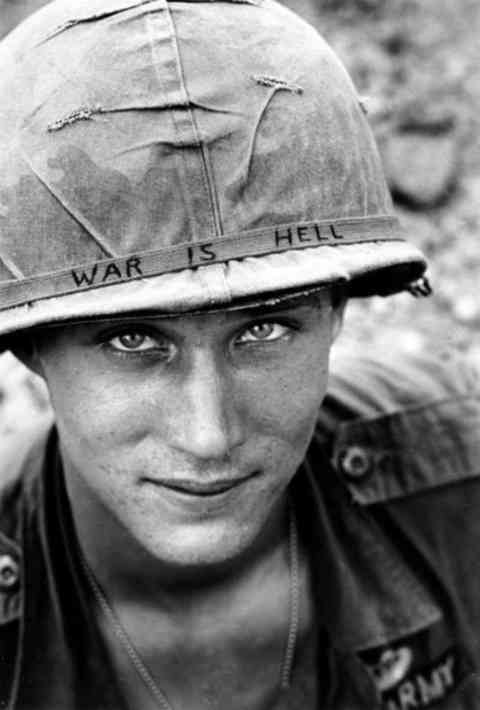
Hell, is the perfect word to describe armed conflict.
The contrast is what makes this photo iconic. You have this, bright, young handsome soldier with a smile on his face and then you have the text on his helmet.
The Burning Monk, Thich Quang
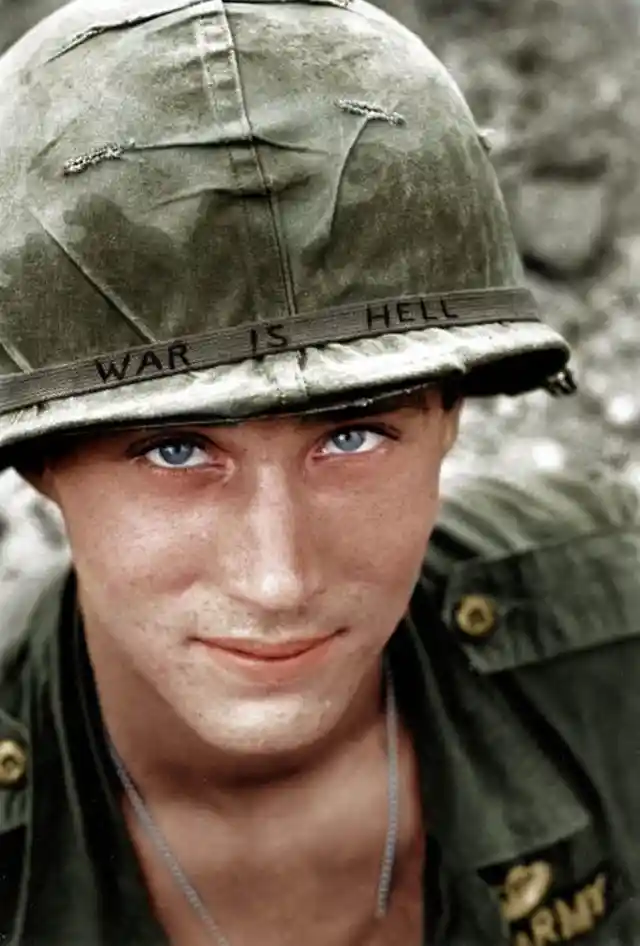
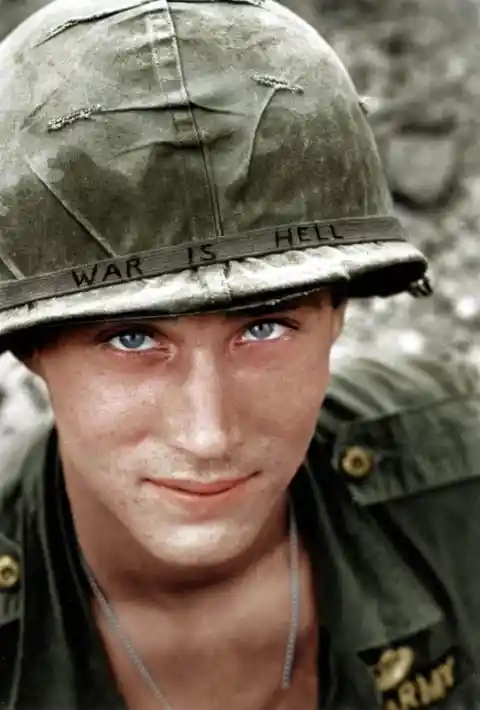
Take the helmet out, and this could easily be a high school yearbook photo. His face betrays a sense of innocence, but when you look at his helmet, you can tell that he is anything but.
The Buddhist monk sacrificed himself in 1963 Vietnam.
The Burning Monk, Thich Quang
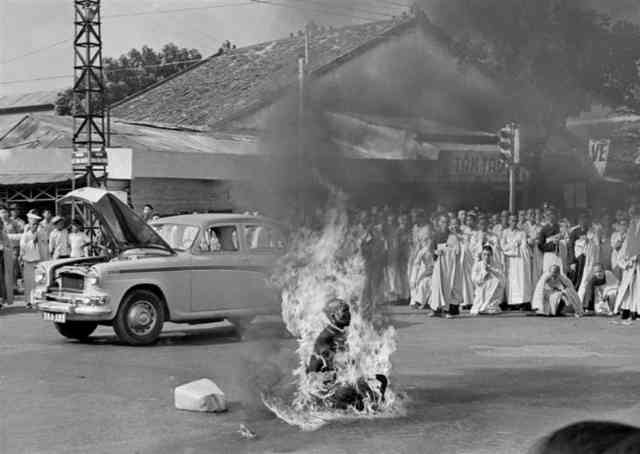
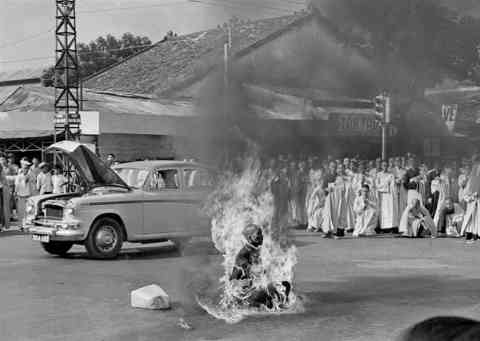
He did so to point out the strife between Catholics and Buddhists (which between 70-90% of the country was).
Photographs of his self-immolation were circulated widely across the world and brought attention to the policies of the Diệm government. John F.
V-J Day, 1945
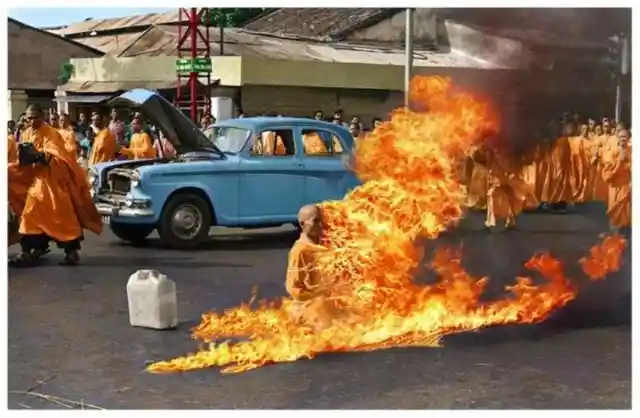
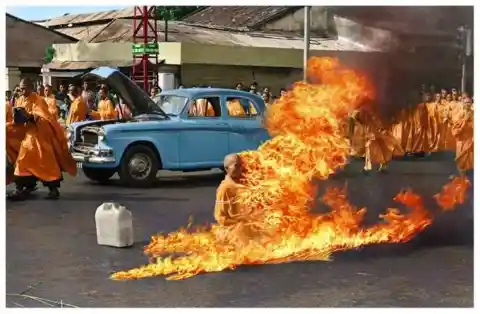
Kennedy said in reference to a photograph of Đức on fire, "No news picture in history has generated so much emotion around the world as that one."
This iconic picture taken after WW-II has an interesting backstory.
V-J Day, 1945
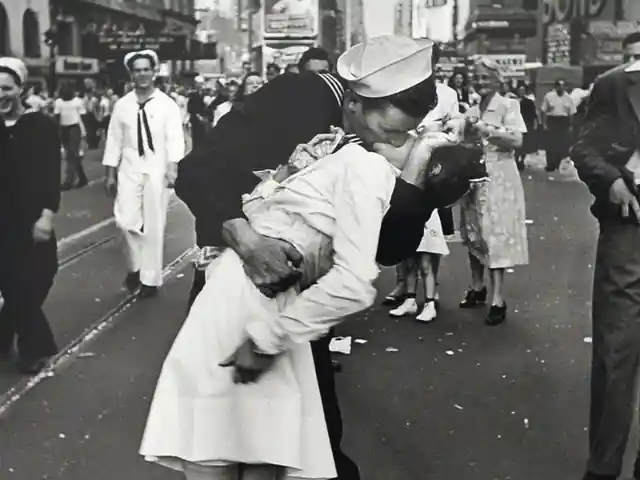
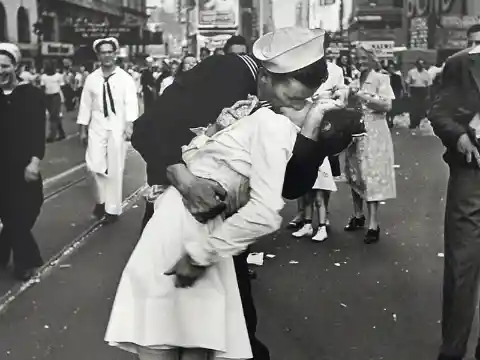
The nurse was taken by surprise and would slap the sailor after the picture was taken, decades later the two would laugh about the incident.
The same moment was captured in a very similar photograph by Navy photographer Victor Jorgensen (right), published in the New York Times. Several people have since claimed to be the sailor and nurse.
Jan Rose Kasmir, Vietnam Protest
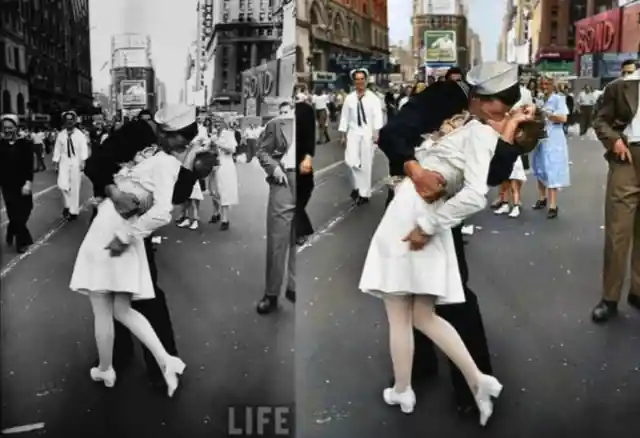
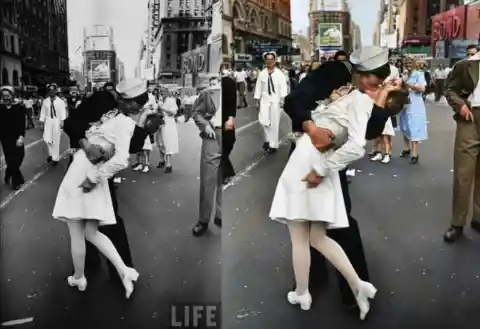
It has since been established that the woman in the Alfred Eisenstaedt photograph was Greta Zimmer Friedman, and the sailor George Mendonça.
Jan Rose Kasmir was only 17 when this picture was taken. She famously put roses into the barrels of the national guards' rifles.
Jan Rose Kasmir, Vietnam Protest
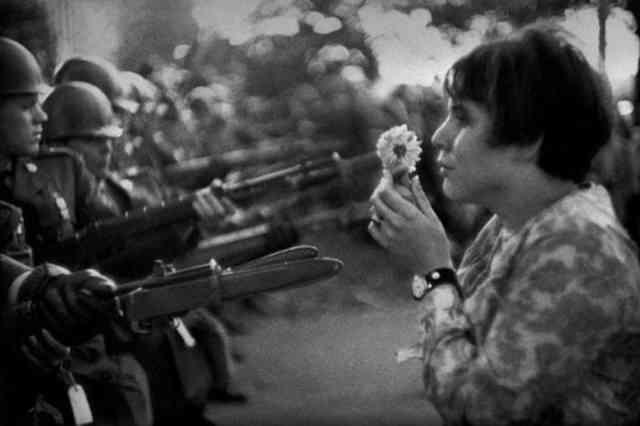
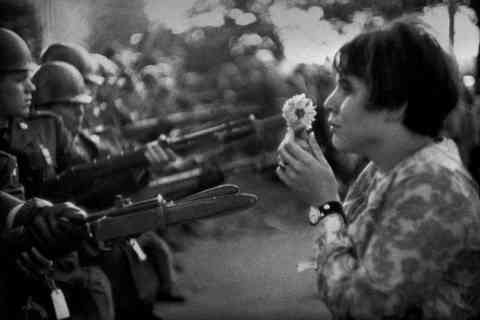
Photographs from that day have lived on through the decades.
The photo was republished world-wide and became a symbol of the flower power movement.
Love During A Riot
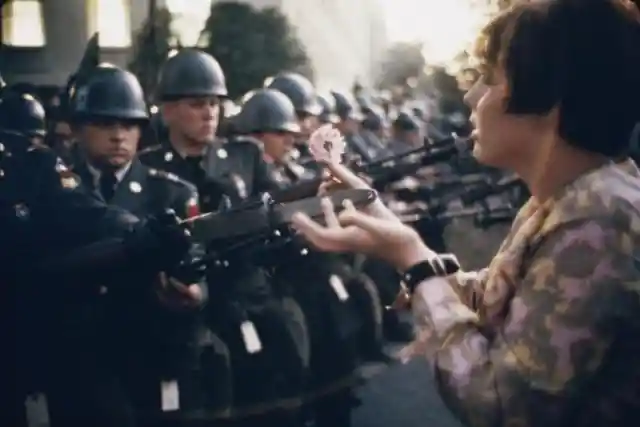
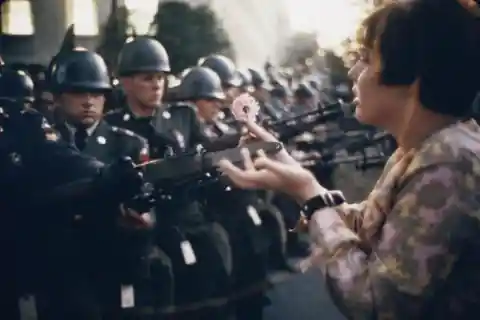
Smithsonian Magazine later called it "a gauzy juxtaposition of armed force and flower child innocence".
After the Vancouver Canucks' lost game 7 of the Stanley Cup Finals the city of Vancouver broke out into riots. This picture shows a young man checking on his girlfriend.
Love During A Riot
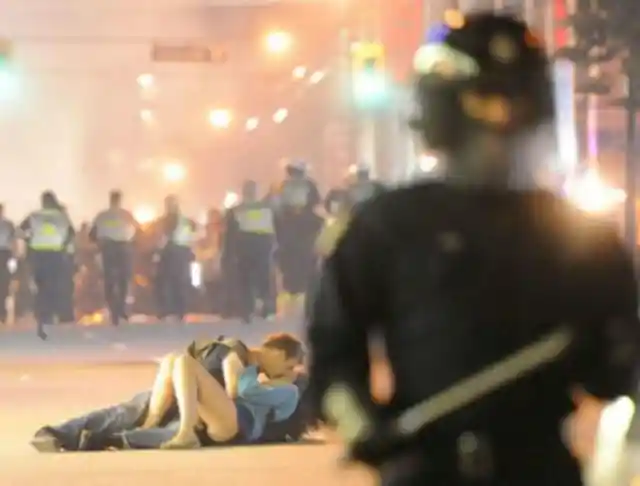
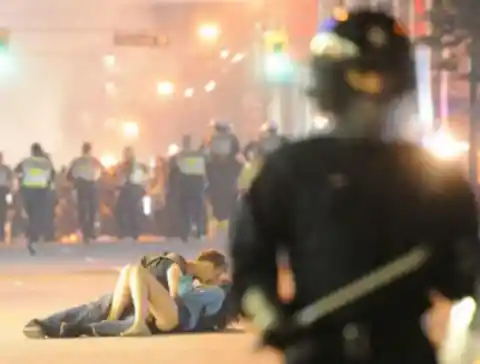
Moral of the story? Don't take part in riots.
The couple met shortly after Mr Jones arrived in Canada six months prior to the incident.
Skating Revolution
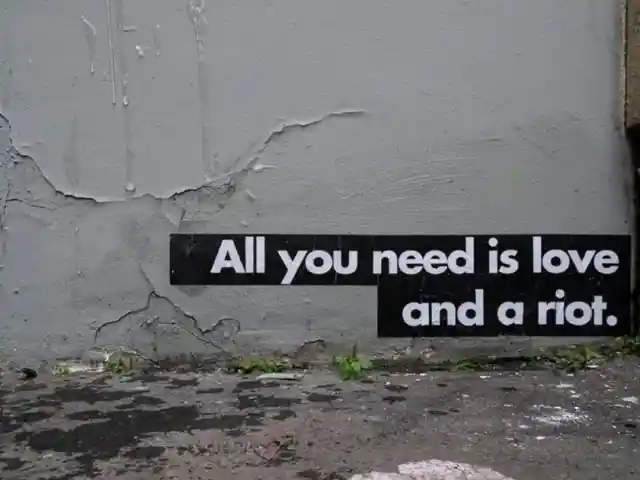

He had been working as a bar tender in Vancouver, while trying to make it as a stand-up comedian.
Th skateboard revolution was the craze during the 1970s.
Skating Revolution
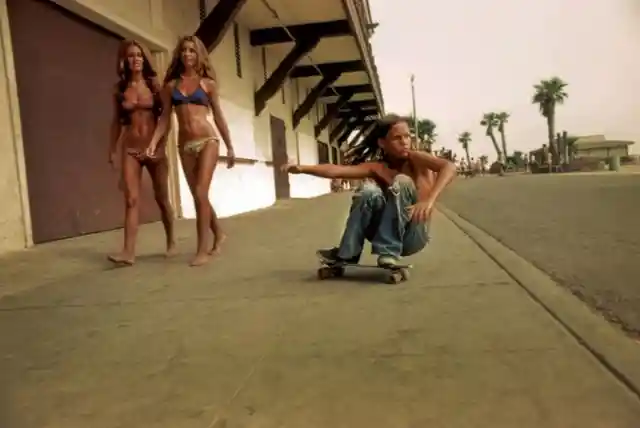
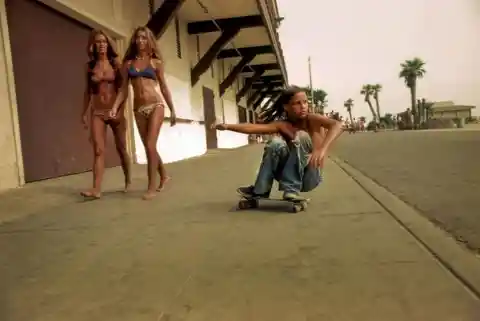
These iconic photographs capture a culture change and highlight a changing time in American pop culture.
During the mid-1970s, Southern California was experiencing a serious drought, leaving an abundance of empty swimming pools available for trespassing skateboarders to practice their tricks.
Faces Of Death, September 9, 1939
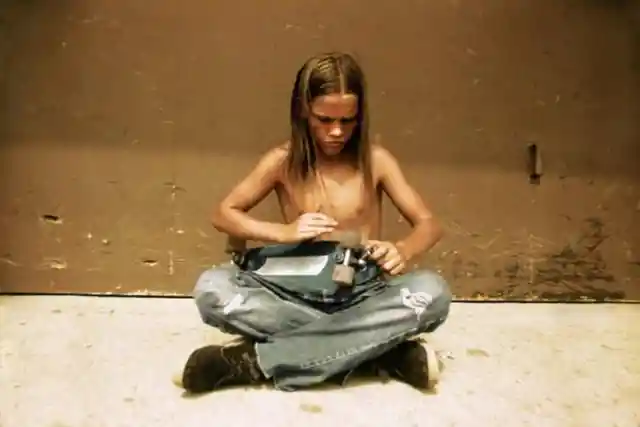
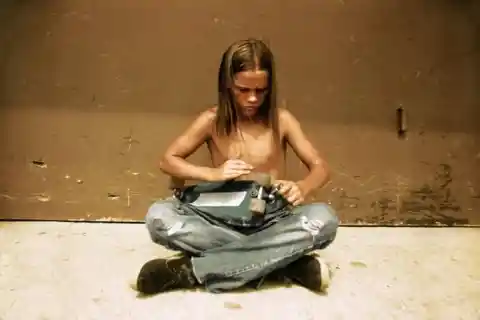
From these suburban backyard haunts to the asphalt streets that connected them, this was the place that created the legendary Dogtown and Z-Boys skateboarders.
The Bloody Sunday massacre in 1939 took place in the city of Bydgoszcz, Poland.
Faces Of Death, September 9, 1939
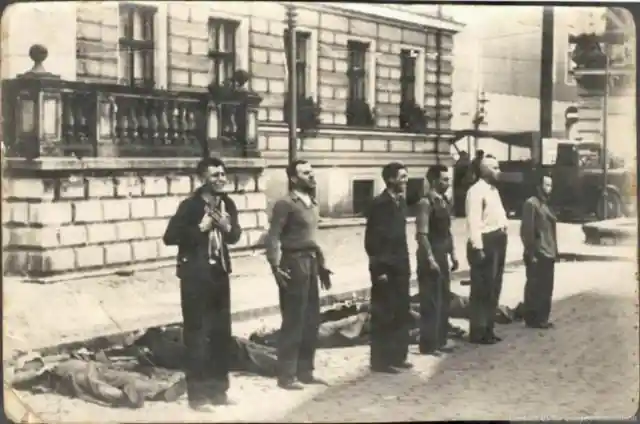
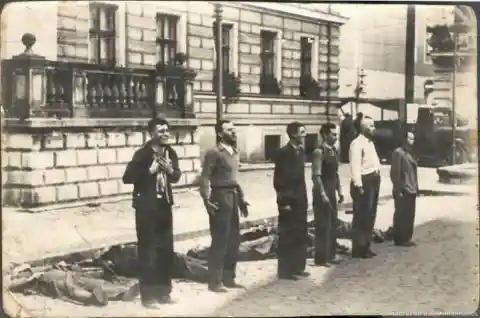
14% of the population was slaughtered, these pictures capture the last few moments of life.
The Nazis exploited the deaths as grounds for a massacre of Polish inhabitants after the Wehrmacht captured the town.
Philippina Bausch, Baubert Picture
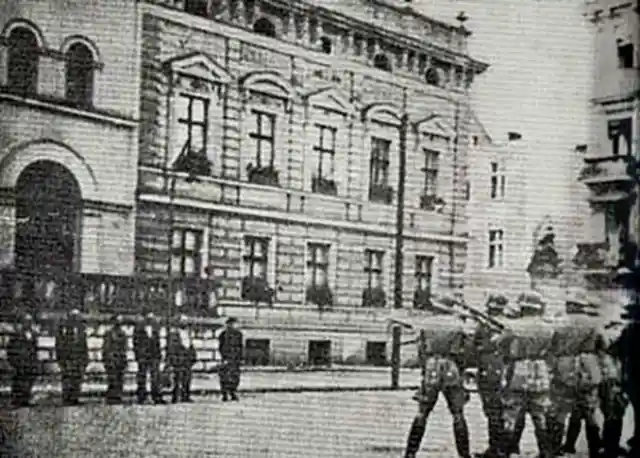
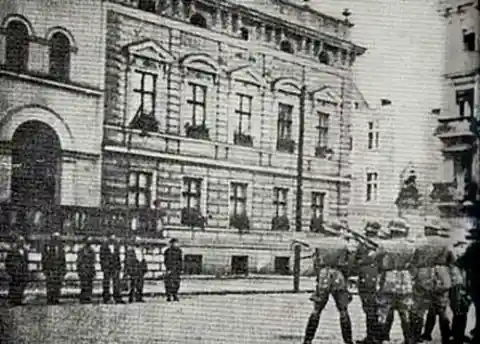
In an act of retaliation for the killings on Bloody Sunday, a number of Polish civilians were executed by German military units of the Einsatzgruppen, Waffen SS, and Wehrmacht.
This famous picture has been featured in numerous horror stories and television shows.
Philippina Bausch, Baubert Picture
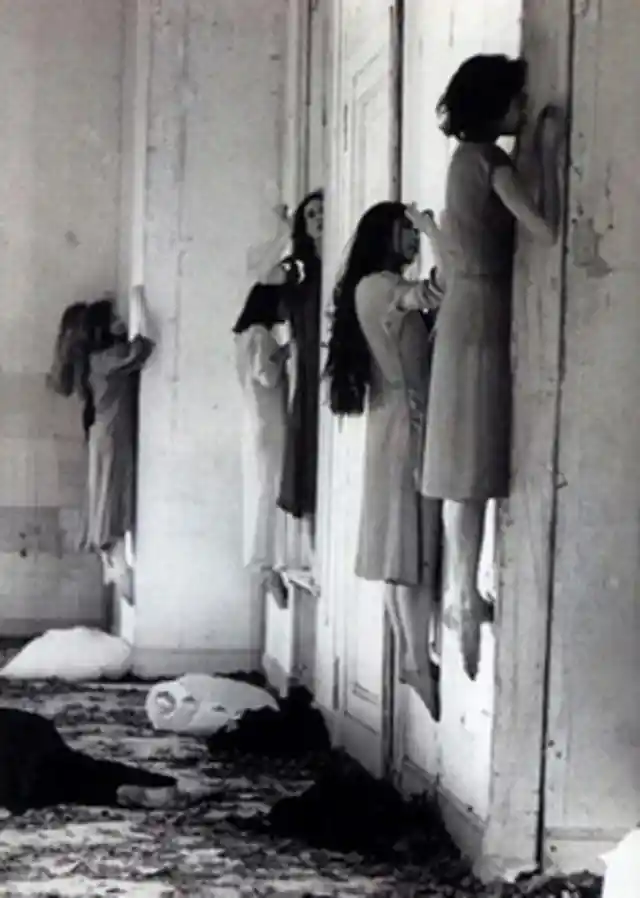
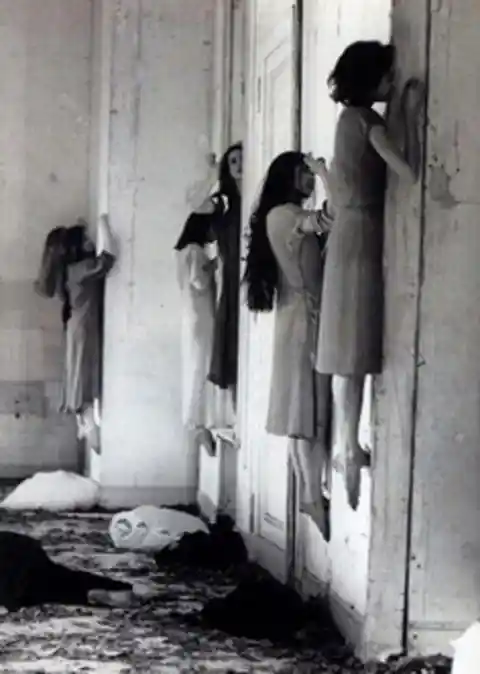
It's actually a ballet technique use to improve balance, it was taken by Philippina Bausch a German ballet instructor.
Male-female interaction is a theme found throughout her work, which has been an inspiration for—and reached a wider audience through—the movie Talk to Her, directed by Pedro Almodóvar. Her pieces are constructed of short units of dialogue and action, often of a surreal nature.
What Is Home?
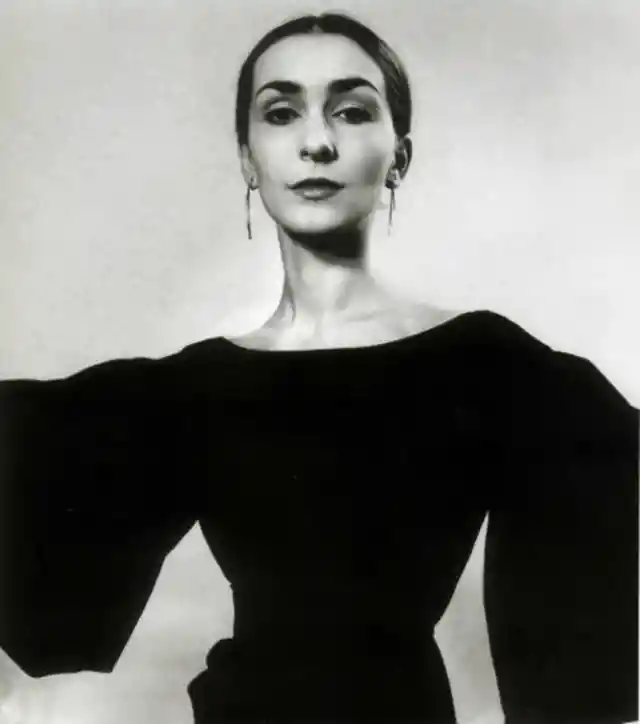
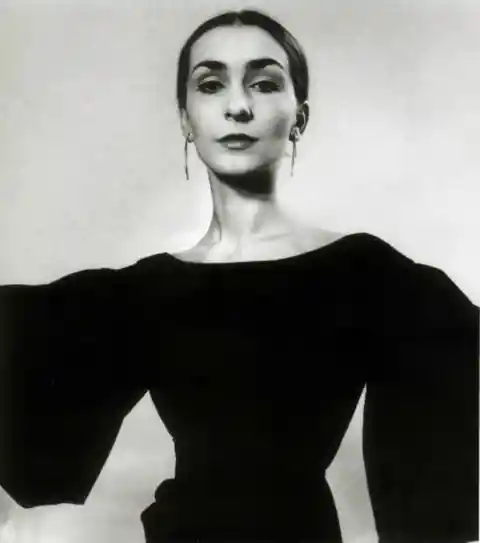
Repetition is an important structuring device. She stated: “Repetition is not repetition, ...
This young Holocaust survivor was asked to draw home.
What Is Home?
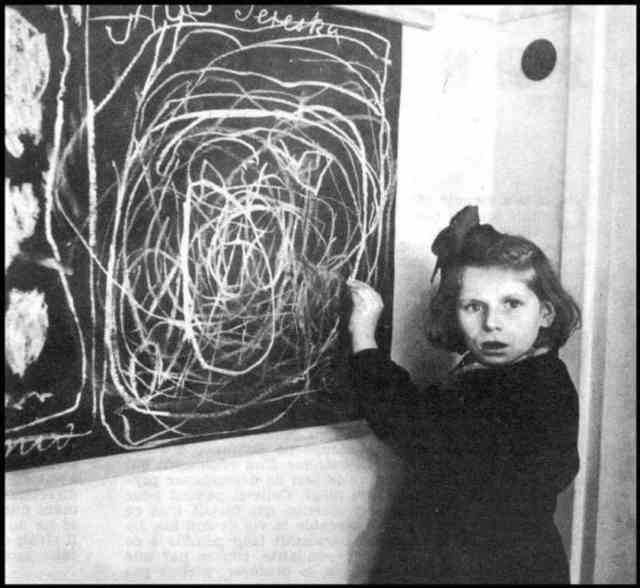
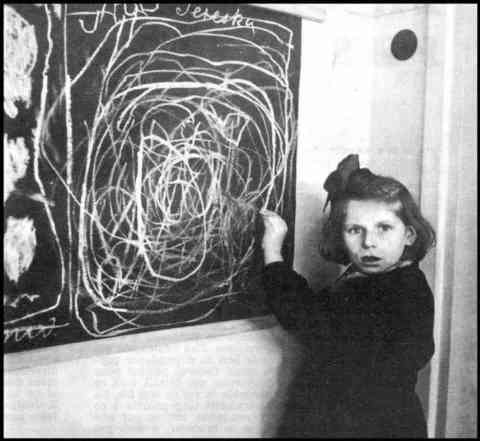
These pictures tell an important story of the toll the holocaust played on the mental psyche of young survivors.
This photograph was taken by David Seymour in a home for emotionally disturbed children located in Warsaw, 1948.
Tienanmen Square, 1989
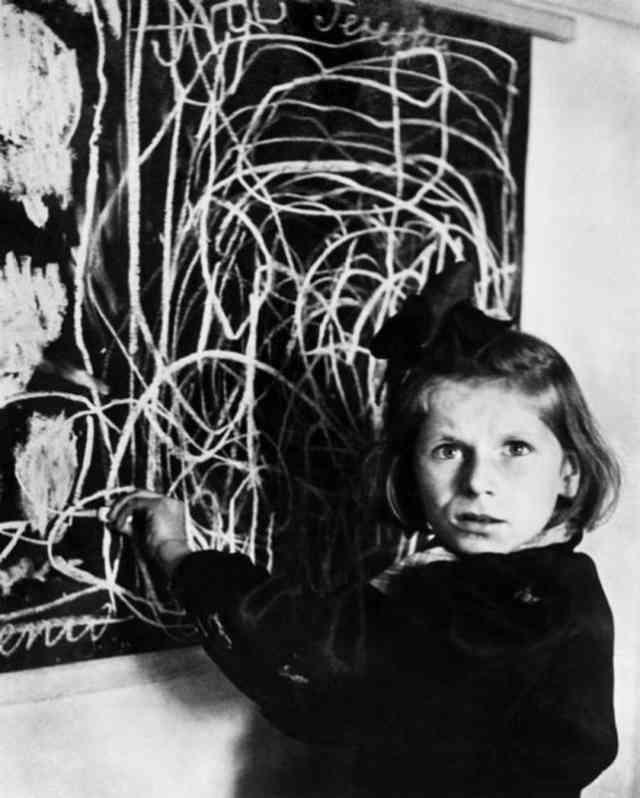
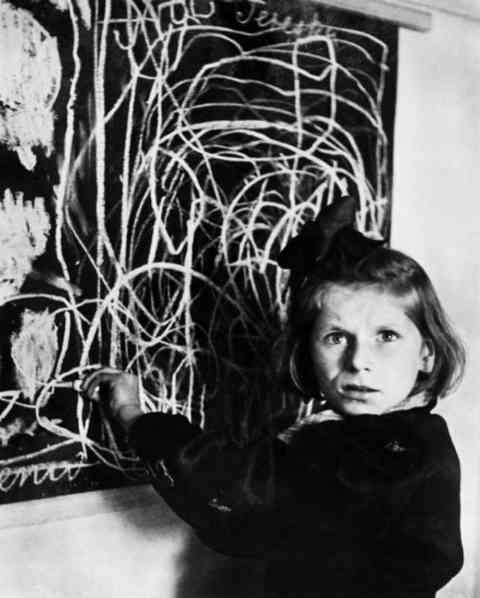
There are a few versions of this image, but most of the captions (including one at the War/Photography Exhibit currently on view at the Brooklyn Museum) mention that the subject grew up inside a concentration camp.
This picture shows defiance in the face of tyranny.
Tienanmen Square, 1989
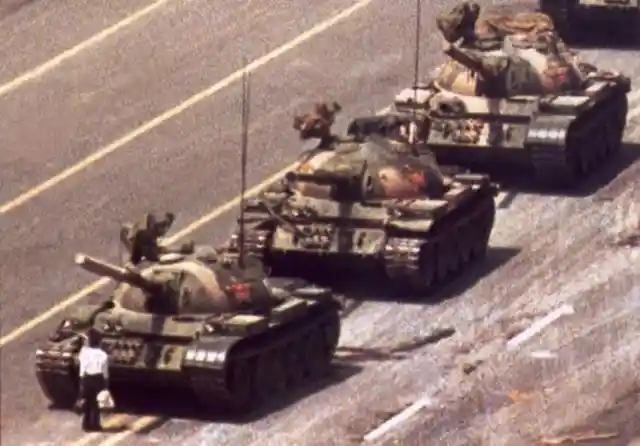
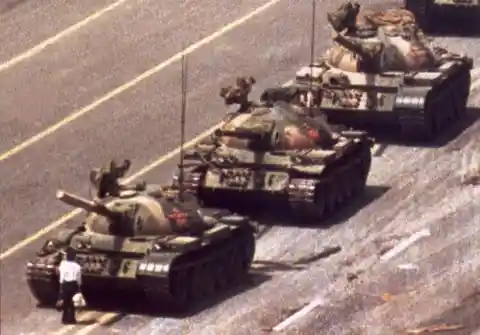
This young protester blocked tanks despite the Chinese government having already opening fire and killing dozens of Chinese college students who were protesting their government.
More than 25 years after the incident, there is no reliable information about the identity or fate of the man; the story of what happened to the tank crew is also unknown.
Raising The Flag At Iwo Jima
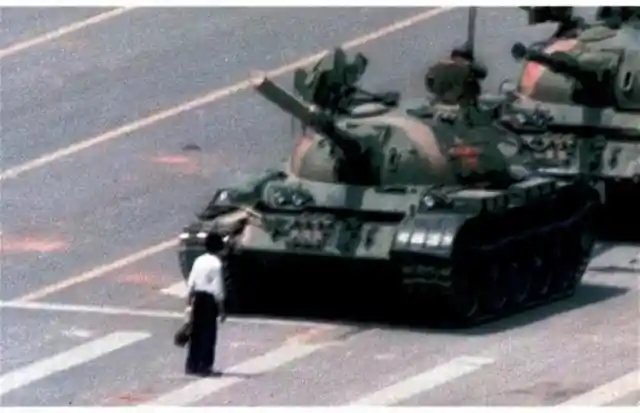
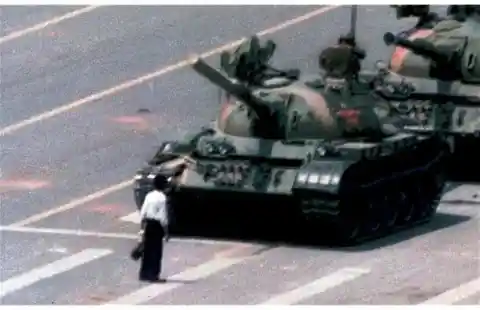
At least one witness has stated that "Tank Man" was not the only person who had opposed the tanks during the protest.
This legendary picture was actually the second raising of the flag at Iwo Jima. The first flag was deemed too small, causing the Marines to raise another one.
Raising The Flag At Iwo Jima
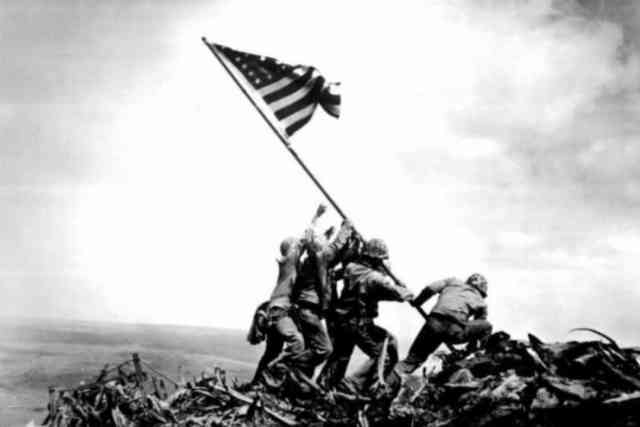
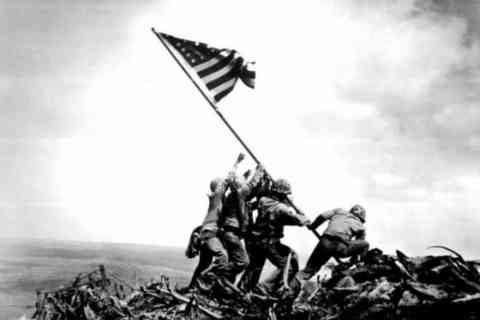
The picture is possibly the most legendary coming from World War II.
Three Marines depicted in the photograph, Sergeant Michael Strank, Corporal Harlon Block, and Private First Class Franklin Sousley were killed in action over the next few days.
The Salute,1968 Olympics
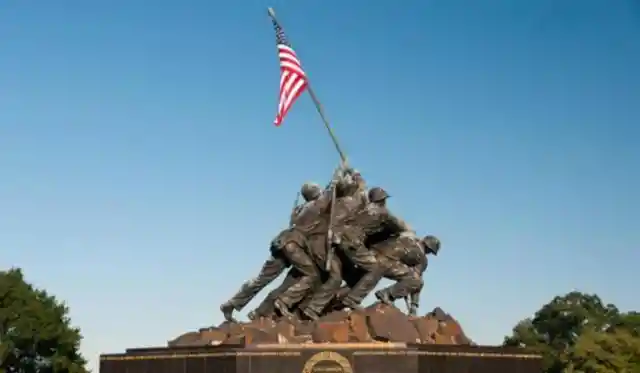
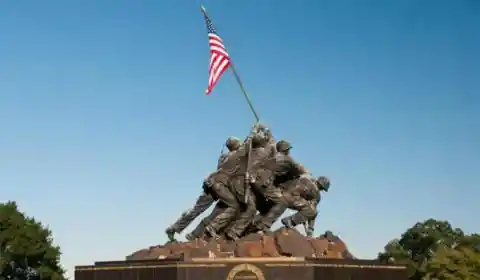
The three surviving flag-raisers were Corporals (then Private First Class) Rene Gagnon, Ira Hayes, and Harold Schultz who first received Marine Corps recognition in June 2016.
Peter Norman is often forgotten, yet he was punished by the Australian government for taking part in the protest.
The Salute,1968 Olympics
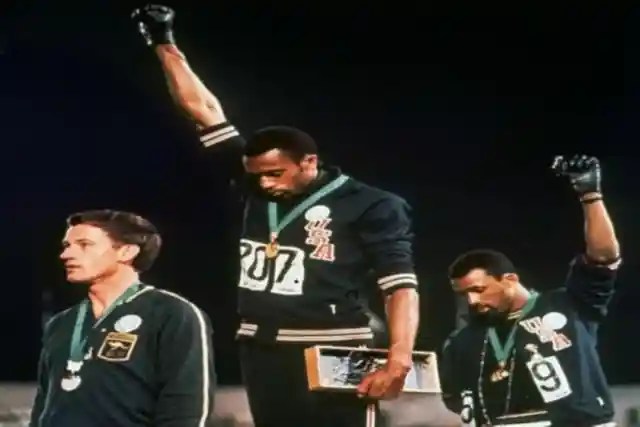
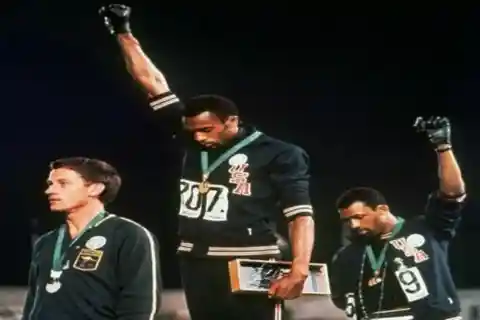
He, John Carlos, and Tommie Smith would remain friends after the iconic Olympic incident.
After having won gold and bronze medals, respectively, in the 200-meter running event, they turned on the podium to face their flags, and to hear the American national anthem, "The Star-Spangled Banner". Each athlete raised a black-gloved fist, and kept them raised until the anthem had finished.
The 4 Kings Of Horror
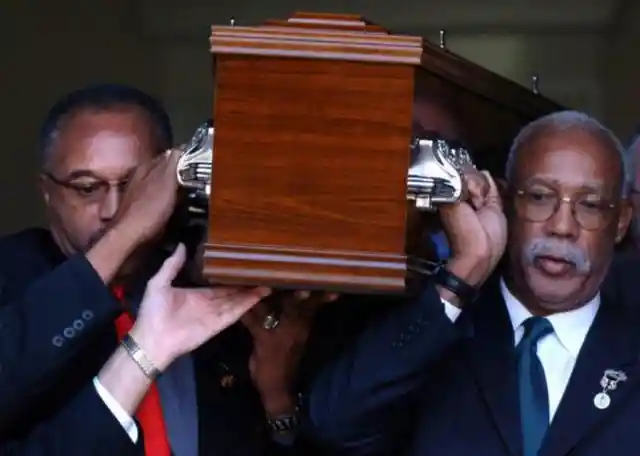
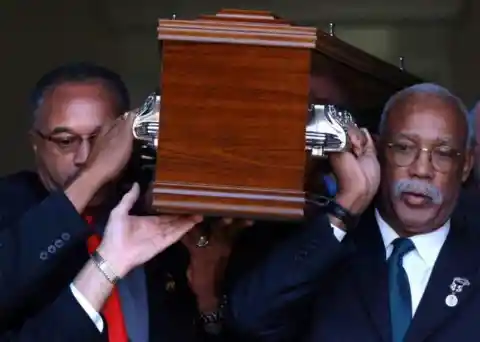
In addition, Smith, Carlos, and Australian silver medalist Peter Norman all wore human rights badges on their jackets.
Vincent Price, John Carradine, Peter Cushing, and Christopher Lee were the kings of horror.
The 4 Kings Of Horror
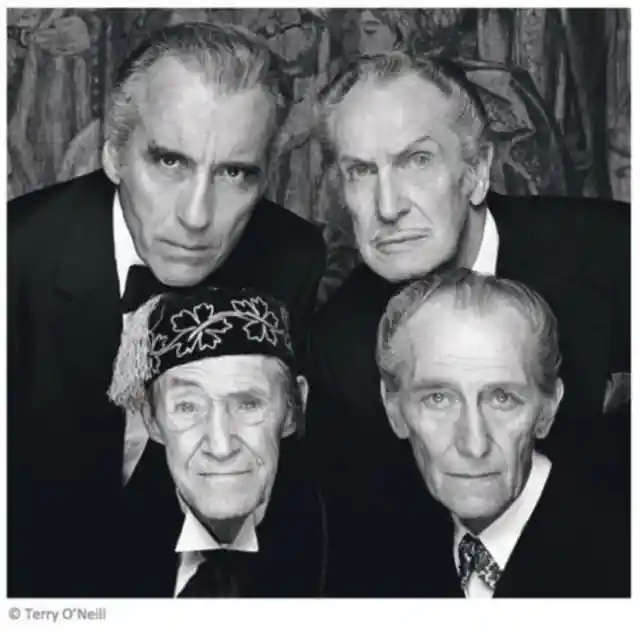
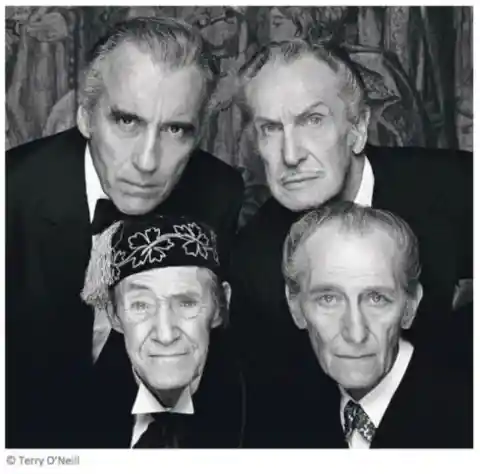
Unfortunately, they only appeared in the 1983 film House of the Long Shadows together.
It is notable because four iconic horror film stars (Vincent Price, Christopher Lee, Peter Cushing and John Carradine) are together in one feature. The screenplay by Michael Armstrong is based on the 1913 novel Seven Keys to Baldpate by Earl Derr Biggers.
Marilyn's Seven Year Itch
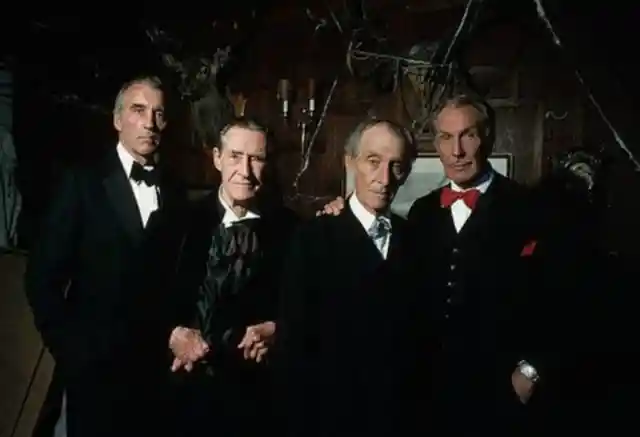
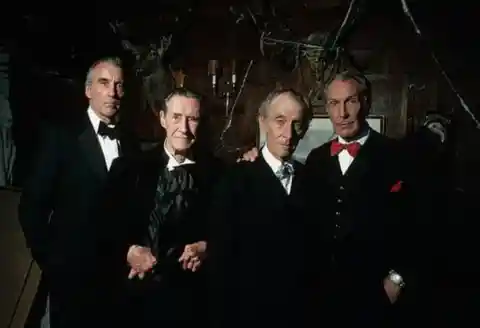
The original music score was composed by Richard Harvey.
The legendary photo is the most famous from Marilyn Monroe's career.
Marilyn's Seven Year Itch
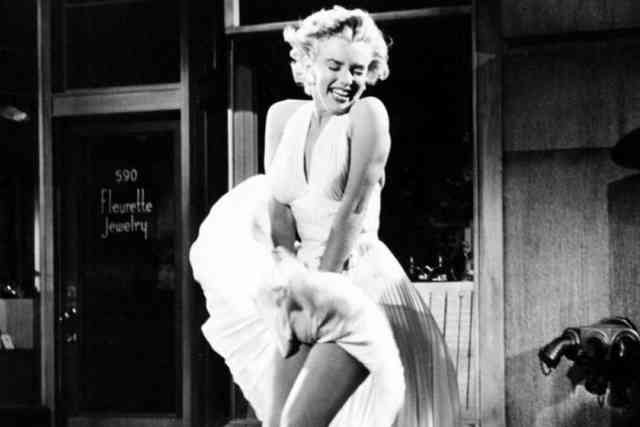
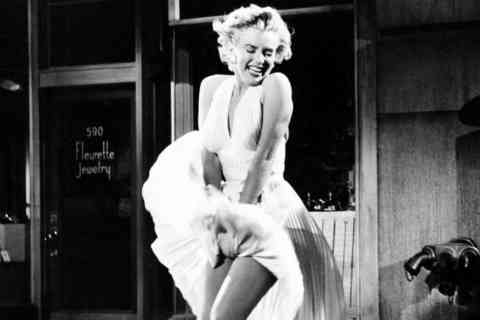
It's rumored that the filming of the scene was the last straw in her marriage with baseball legend Joe DiMaggio.
It contains one of the most iconic images of the 20th century – Monroe standing on a subway grate as her white dress is blown upwards by a passing train.
Che Guevara, 1960
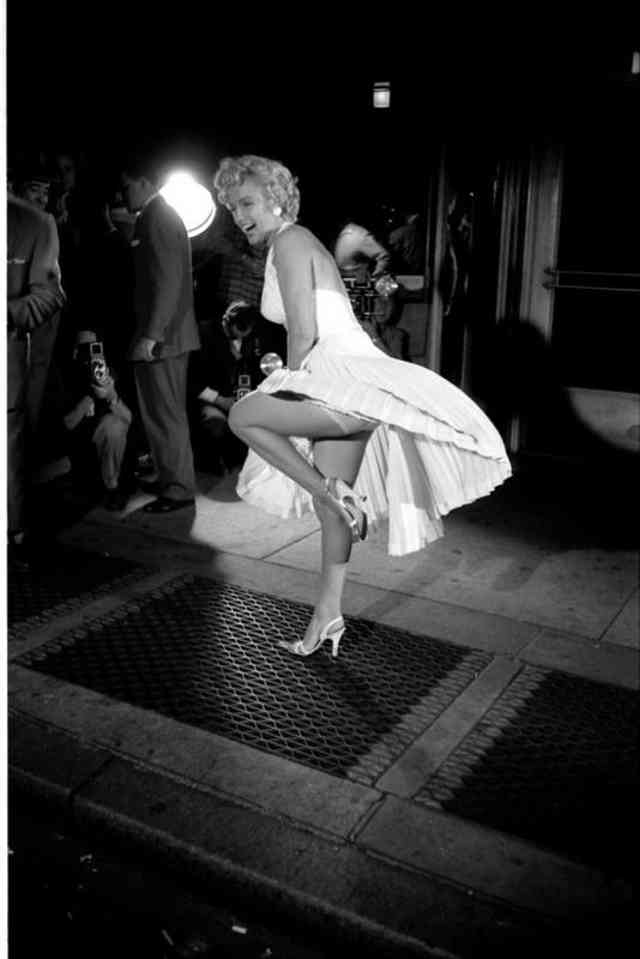
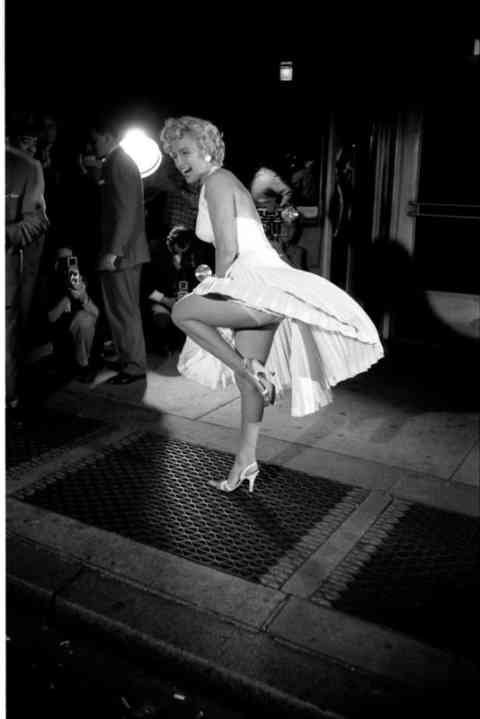
The titular phrase, which refers to declining interest in a monogamous relationship after seven years of marriage, has been used by psychologists.
This image of Che Guevara has been used countless times on shirts, logos, and has reached legendary status.
Che Guevara, 1960
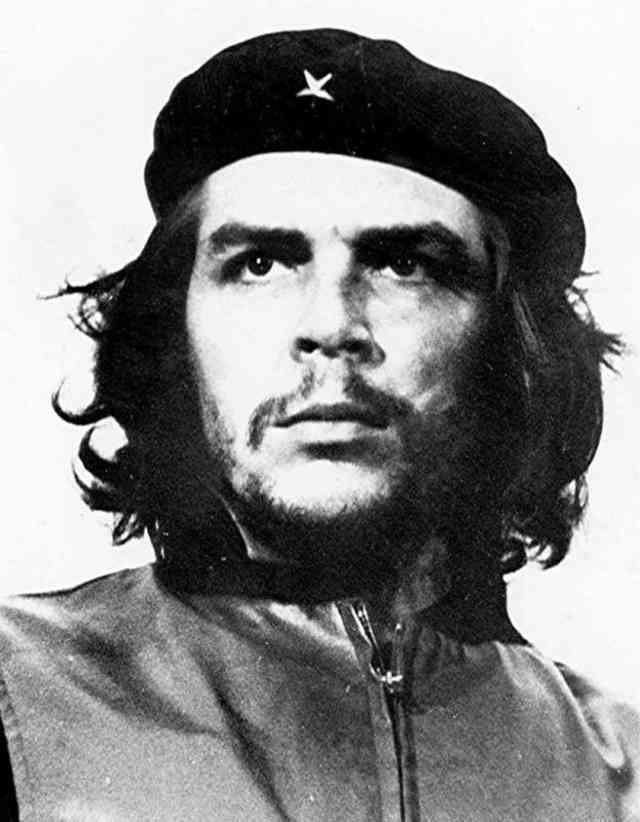
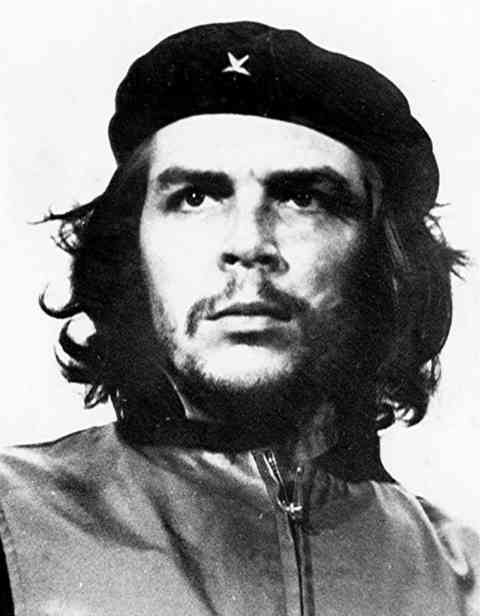
Che was known for his determination and conviction.
Guevara remains both a revered and reviled historical figure, polarized in the collective imagination in a multitude of biographies, memoirs, essays, documentaries, songs, and films.
Albert Einstein, 1951
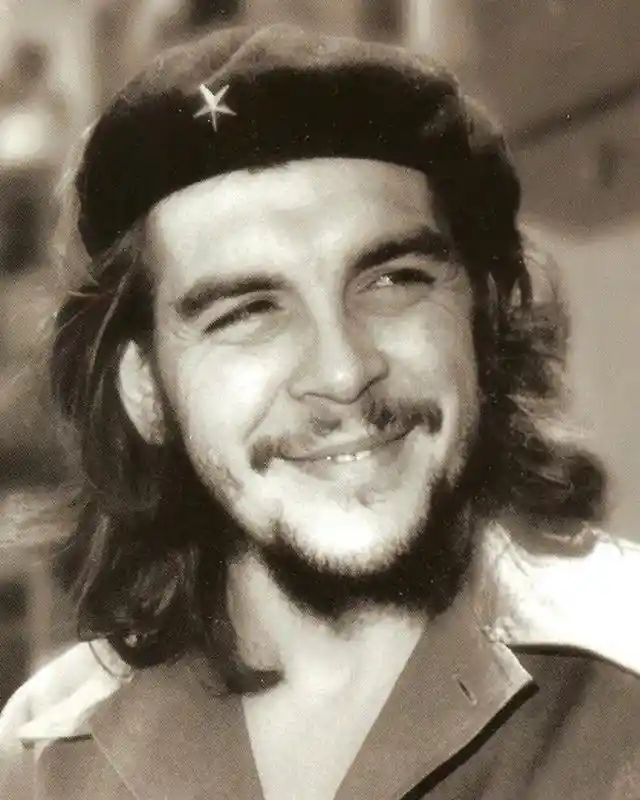
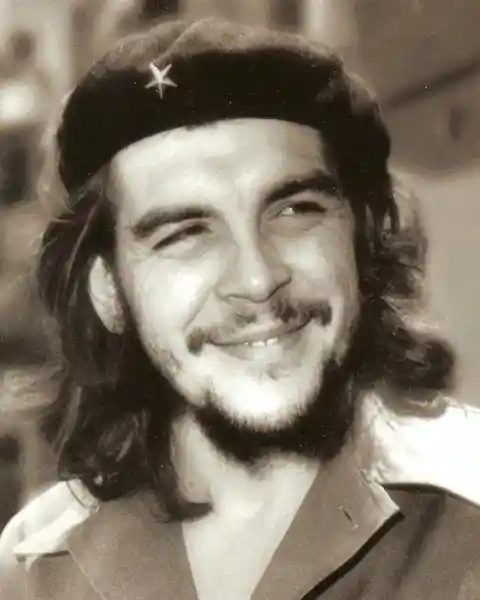
As a result of his perceived martyrdom, poetic invocations for class struggle, and desire to create the consciousness of a "new man" driven by moral rather than material incentives, he has evolved into a quintessential icon of various leftist-inspired movements.
Many see Albert Einstein as a genius, mainly due to the fact that he was.
Albert Einstein, 1951
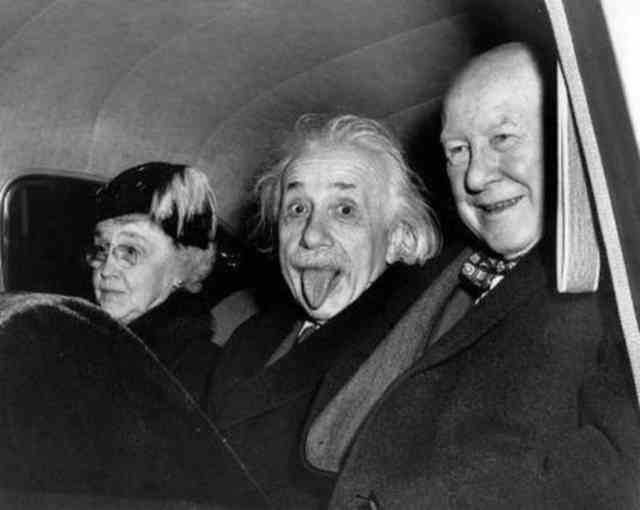
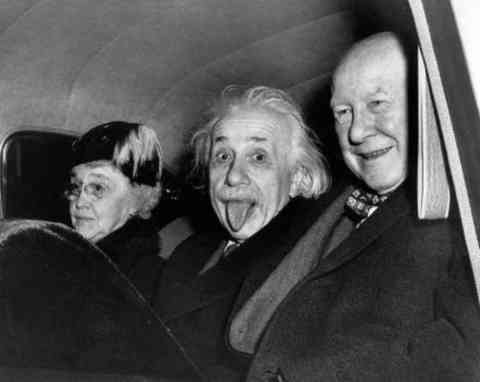
However, this famous picture captures the less talked about playful side of the legendary scientist.
Einstein published more than 300 scientific papers along with over 150 non-scientific works.
Audrey Goes Shopping, 1959
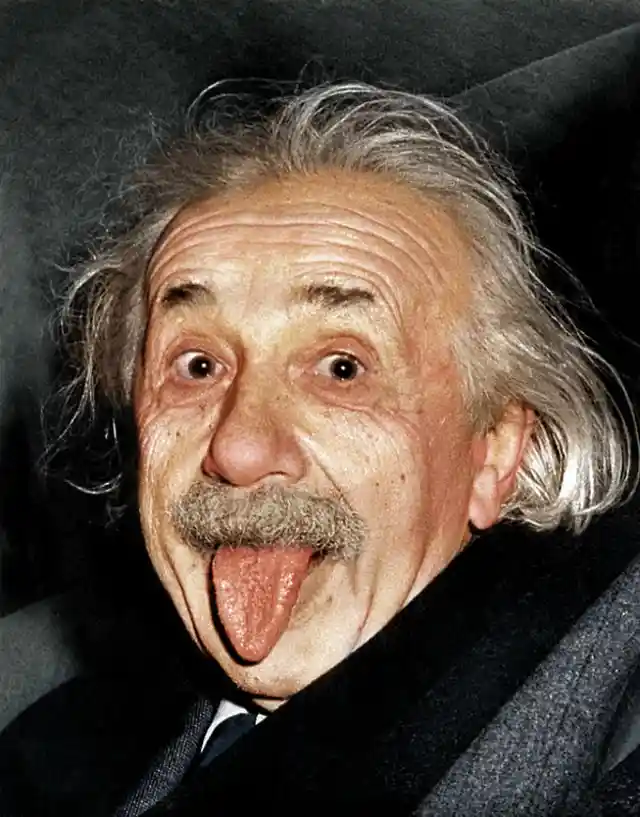
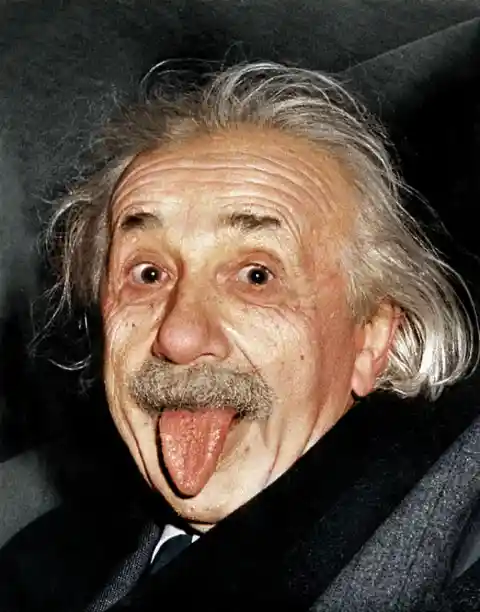
On 5 December 2014, universities and archives announced the release of Einstein's papers, comprising more than 30,000 unique documents.Einstein's intellectual achievements and originality have made the word "Einstein" synonymous with "genius".
Was there ever a more classy star than Audrey Hepburn?
Audrey Goes Shopping, 1959
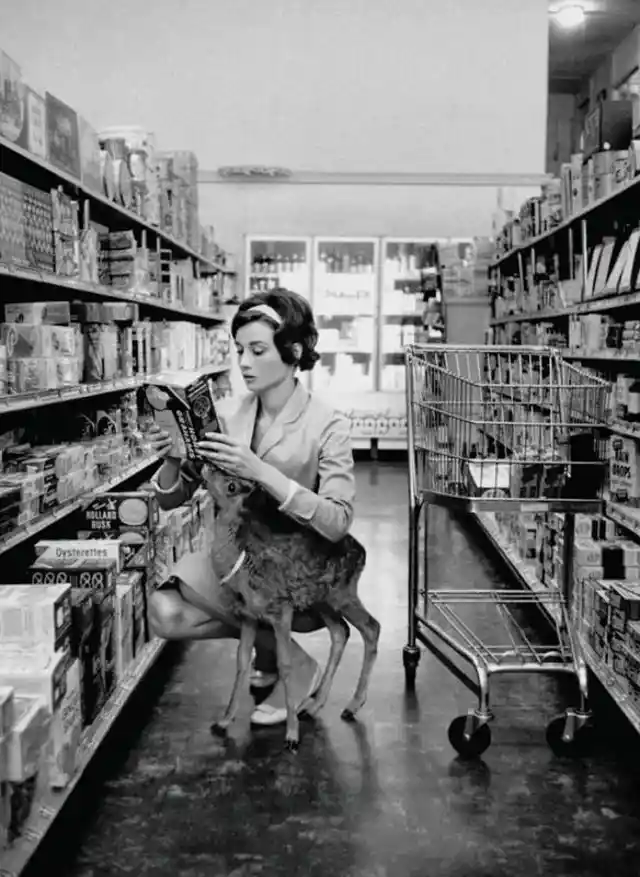
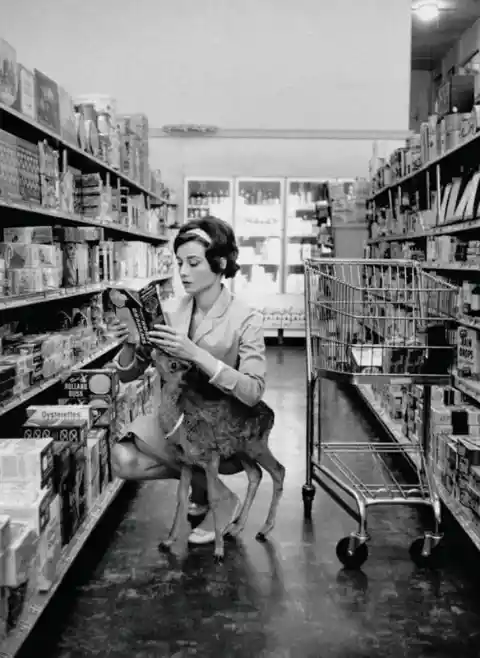
This picture of her and her pet deer Ip has survived through the decades.
Twenty-five years before shiga-toxin producing E.
German POW Returns Home, 1946
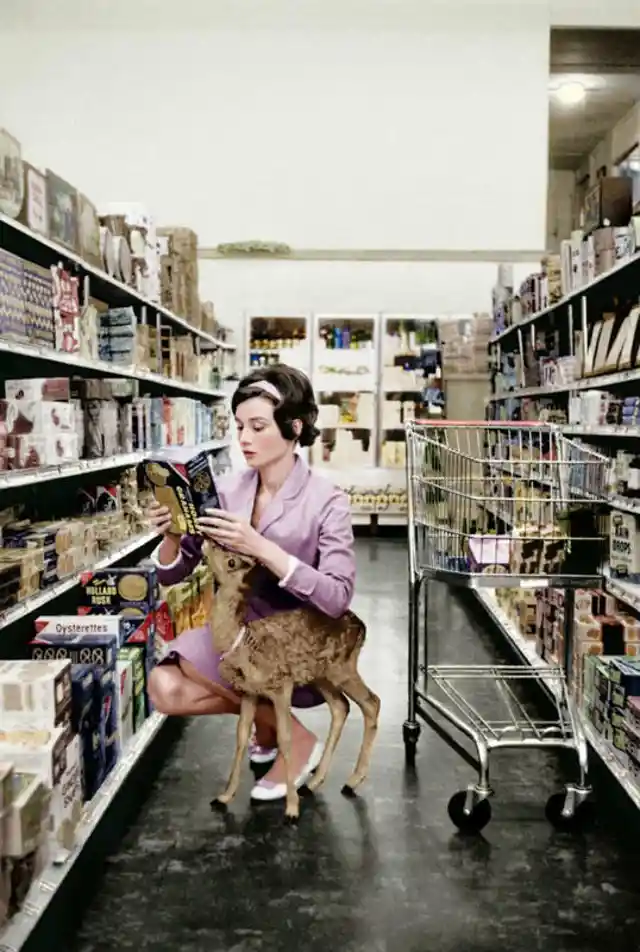
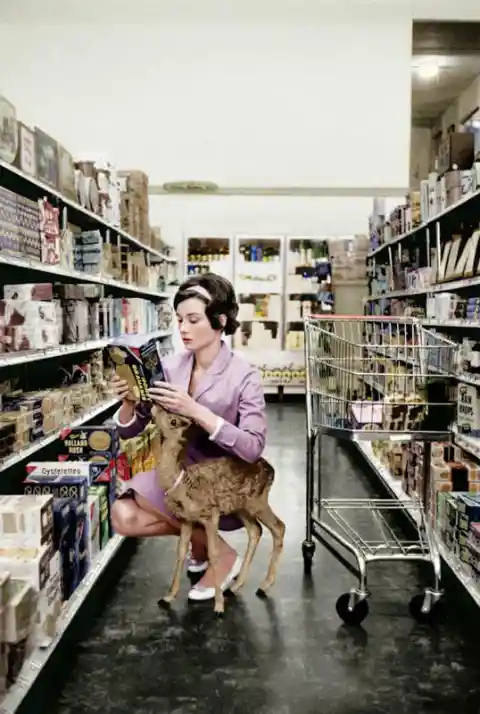
coli (STEC) were discovered and ruminants were identified as the natural reservoir, actress Audrey Hepburn went shopping with her pet deer in Beverley Hills.
German POW Returns Home, 1946
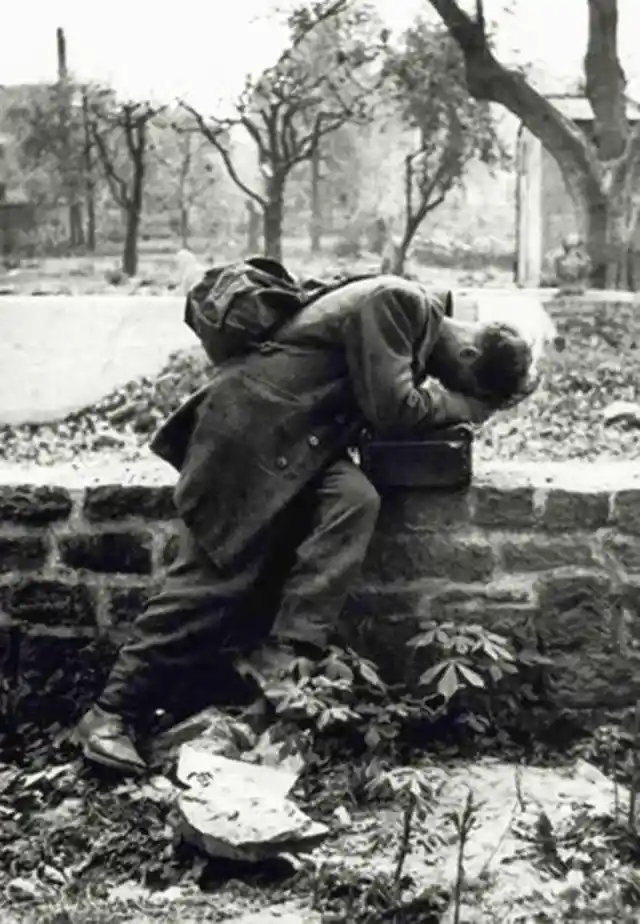
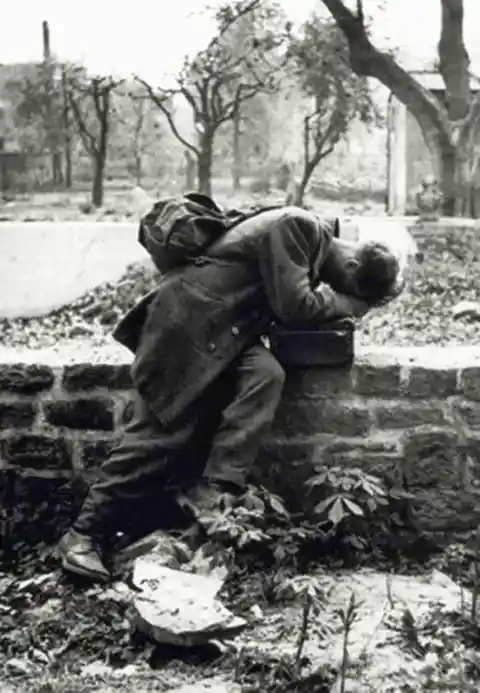
This picture captures a German prisoner of war returning home in 1946, only to learn that his wife and children did not survive the war.
No stranger to scenes of despair, the photographer Tony Vaccaro caught the defeated man in the throes of grief, as the bombed shells of former houses loom eerily behind him.
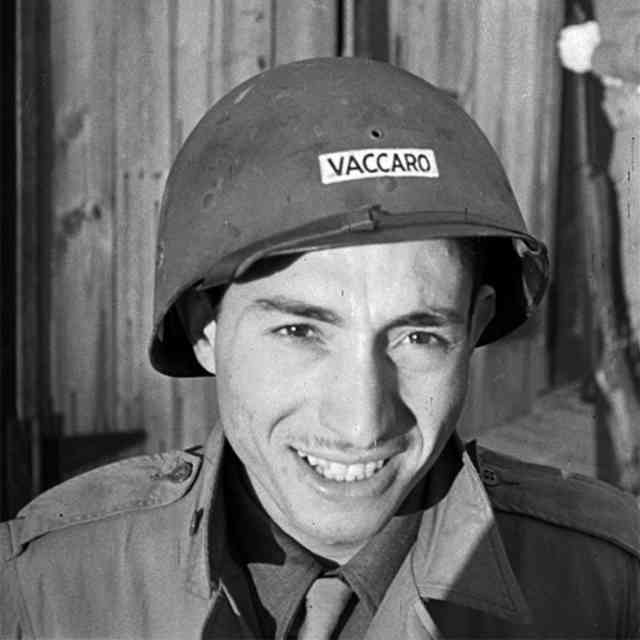
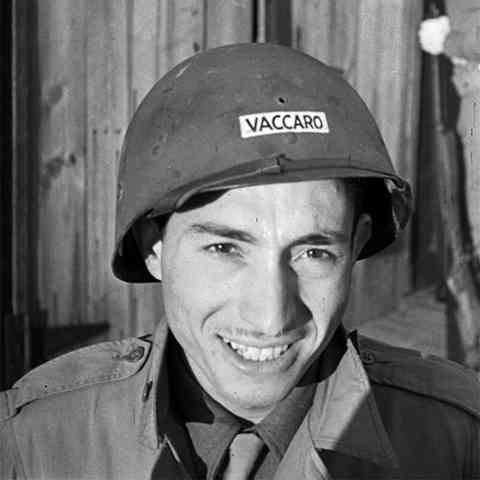
It’s a unimaginable pain, to be pulled into a war that would scar a country for generations to come and then to return home, seeking relief after all the hell you went through, to find no one there.